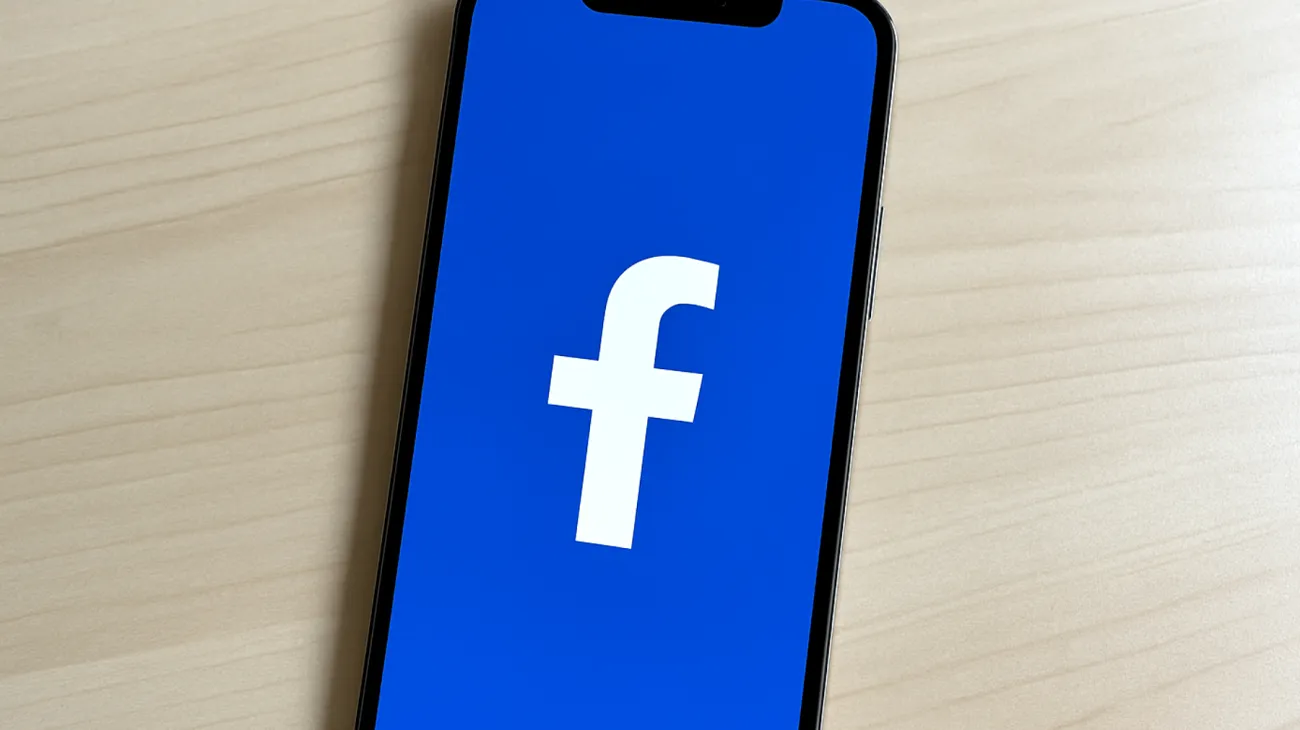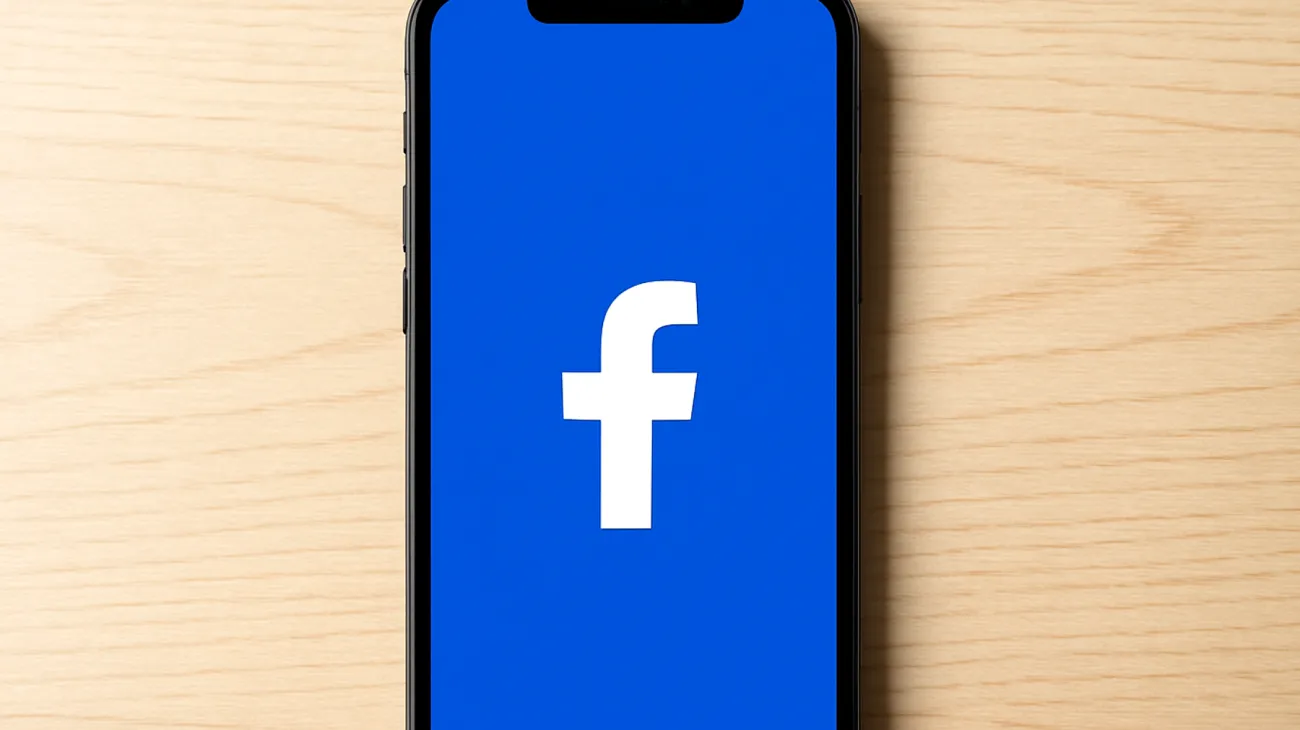Your excitement peaks when you discover that perfect meme or breaking news article on Facebook, and your finger hovers over the share button. But wait – that split-second decision could transform your seamless social media experience into a digital nightmare that extends far beyond your current device. As technology enthusiasts in the UAE, we’re constantly connected across multiple devices, from our smartphones during Dubai Metro commutes to our laptops in Abu Dhabi offices, making cross-device security more critical than ever.
The Hidden Danger Lurking in Your Facebook Feed
Every day, millions of Emiratis scroll through Facebook, encountering a barrage of shared content from friends, family, and pages they follow. What many don’t realize is that clicking on unverified links or sharing suspicious content can expose you to phishing, malware, or account compromise risks—and in some cases, these risks may affect your Facebook access on any device where you use your credentials or synchronization features.
When you interact with malicious content on Facebook, you may become vulnerable to account takeover. For example, if your credentials or session tokens are stolen, attackers can potentially access your Facebook account from any device, especially if you have browser or account synchronization enabled. While actual malware typically infects only the device it is downloaded onto, the security risk across devices stems primarily from compromised credentials or session hijacking.
Understanding Cross-Device Contamination
Modern malware operates with increasing sophistication. Unlike the simple viruses of the past, some malicious software now aims to steal credentials, hijack sessions, or steal cookies that may be synced across devices, increasing risk exposure via browser synchronization or cloud account reuse.
When you click on a compromised link through Facebook, several concerning scenarios can unfold. Session hijacking allows malware or phishing attacks to steal your login credentials and session tokens, enabling attackers to access your Facebook account remotely from other devices. Browser fingerprinting techniques collect information about your browser and device to track or target you across sessions, while Facebook’s security monitoring may detect suspicious activity and flag your account, potentially restricting access across all devices since restrictions are applied at the account level.
Cookie theft and synchronization misuse present another vulnerability where stolen cookies or session data from one device may permit unauthorized access if you use browser sync features across your connected devices.
The UAE’s Unique Digital Landscape Challenges
The multicultural society in the Emirates increases the diversity of content sources on social media, making it harder to spot potentially harmful links. A high smartphone penetration rate and frequent switching between work and personal devices can increase the risk of password reuse and session hijacking.
Public Wi-Fi networks in places like Dubai malls and Abu Dhabi airports are often targeted by attackers using techniques like man-in-the-middle attacks or rogue hotspots to intercept login details or inject malicious content into users’ sessions. Users typically need to click on malicious links or download compromised files for malware to execute, but the risk remains significant in these environments.
Red Flags Every Emirati Facebook User Should Recognize
Developing an eye for suspicious content requires awareness of common warning signs that protect you from falling victim to digital threats. Legitimate websites typically use recognizable domain names, while unusual extensions, excessive hyphens, or slight misspellings are common indicators of phishing attempts that should raise suspicion. For instance, “faceb00k.com” instead of “facebook.com” represents a classic phishing attempt that many users might overlook in their haste to view content.

Content Quality Markers
Authentic articles and posts maintain consistent formatting, proper grammar, and logical structure. Malicious or fake news often involves poor grammar, spelling errors, and sensational headlines designed to provoke immediate emotional responses. These deliberate flaws serve as warning signs for vigilant users who take a moment to assess content quality before sharing.
Source Verification
Reputable websites usually have an “About Us” page and clear contact information. Taking thirty seconds to confirm whether the site is operated by a legitimate organization before trusting or sharing its content can save you from significant security headaches later. This simple verification step has become increasingly important as sophisticated fake news operations target social media users.
Proactive Protection Strategies
Smart Facebook usage goes beyond simply avoiding suspicious links. Advanced protection strategies help safeguard your multi-device experience through comprehensive security measures that address various threat vectors.
Configure your browsers to block pop-ups, disable automatic downloads, and enable advanced safe browsing features offered by Chrome, Safari, or Firefox. These settings can significantly reduce your exposure to malicious sites and downloads, creating a safer browsing environment across all your devices. Activate Facebook’s two-factor authentication and regularly review your active sessions through the security settings to maintain control over your account access points.
When using public Wi-Fi in Dubai International Airport or Sharjah shopping centers, use a reputable VPN to encrypt your web traffic. This helps protect against man-in-the-middle attacks and reduces the risk of eavesdropping or malicious content injection during your browsing sessions. Additionally, download apps only from official app stores to minimize the risk of installing compromised applications that could affect your Facebook security.
Recovery Techniques When Prevention Fails
Despite your best efforts, you might occasionally encounter compromised content. Quick action can minimize the impact across your connected devices and restore your account security effectively.
Clear your browser cache and cookies on the affected device immediately upon suspecting compromise. Then change your Facebook password from a device or network you trust. Log out of all Facebook sessions using the security settings to force fresh authentication across all devices, ensuring that any unauthorized access is terminated.
Monitor your Facebook account activity for at least 48 hours following any suspected compromise. Watch for unusual posts, messages, or friend requests that you didn’t send. These signs could indicate your account is still being accessed by someone else, requiring additional security measures to fully secure your digital presence.
The digital landscape is evolving rapidly, and staying informed about emerging threats remains essential for protecting your digital presence across devices. A moment’s caution before clicking or sharing can prevent hours of effort spent on account recovery and risk mitigation throughout the UAE’s connected ecosystem.
Table of Contents

